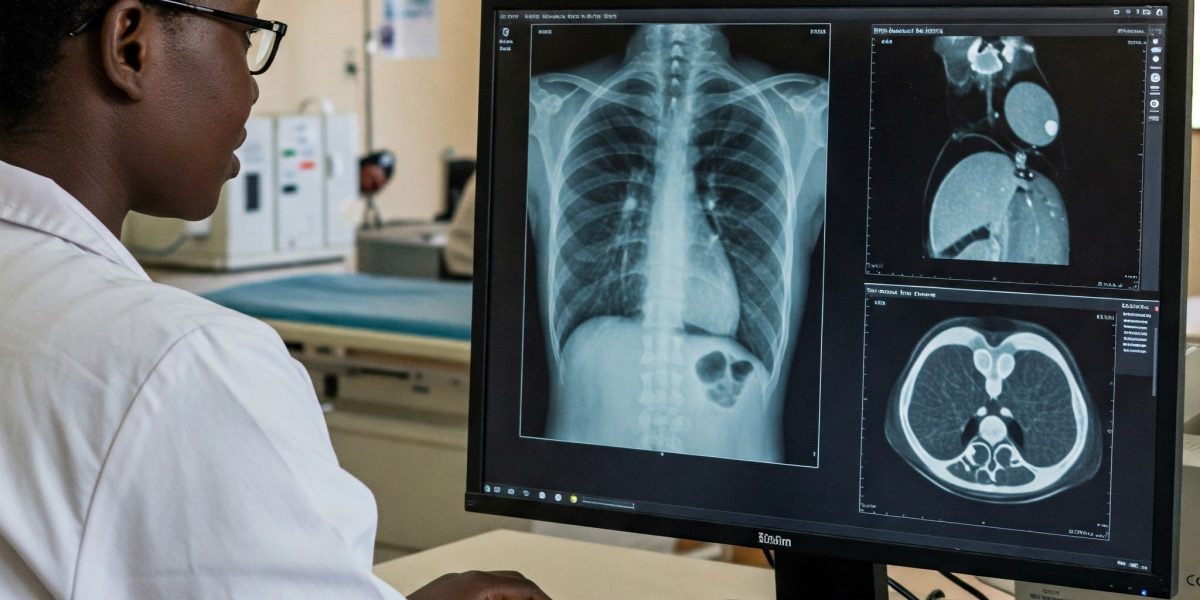In the ever-evolving landscape of software development, staying ahead of the curve is essential for success. This holds particularly true in the realm of diagnostics software, where the ability to anticipate future challenges and adapt proactively is crucial. At IICS Technologies, we understand the importance of future-proofing diagnostics solutions, and in this article, we’ll explore key strategies to stay ahead in this dynamic field.
- Embrace Emerging Technologies: The pace of technological advancement is relentless, and embracing emerging technologies is vital for future-proofing diagnostics software. Technologies such as artificial intelligence (AI), machine learning (ML), and the Internet of Things (IoT) are revolutionizing diagnostics by enabling predictive analytics, real-time monitoring, and autonomous decision-making. Integrating these technologies into your software not only enhances performance but also ensures its relevance in the years to come.
- Modular Design for Scalability: Diagnostics software must be scalable to accommodate growing data volumes and evolving user requirements. Adopting a modular design approach allows for easier scalability, as individual components can be added, removed, or upgraded without affecting the entire system. By designing software with scalability in mind, you can ensure its longevity and adaptability to future needs.
- Focus on Interoperability: In today’s interconnected world, interoperability is key to the success of diagnostics software. Ensuring that your software can seamlessly integrate with other systems, devices, and platforms enhances its value proposition and extends its lifespan. By adhering to industry standards and leveraging interoperability frameworks, you can future-proof your software and facilitate collaboration across different stakeholders.
- Continuous Improvement through Feedback Loops: Feedback loops are essential for driving continuous improvement in diagnostics software. By gathering feedback from users, clinicians, and other stakeholders, you can identify areas for enhancement and prioritize future development efforts accordingly. Implementing agile methodologies such as DevOps enables rapid iteration and deployment, allowing you to respond swiftly to changing requirements and market dynamics.
- Robust Security and Compliance Measures: With the increasing digitization of healthcare data, security and compliance are paramount concerns for diagnostics software. Future-proofing your software requires robust security measures to protect sensitive information from cyber threats and ensure compliance with regulations such as HIPAA and GDPR. By integrating encryption, access controls, and audit trails into your software, you can safeguard data integrity and maintain trust among users.
- Invest in Talent and Training: Ultimately, the success of diagnostics software depends on the skills and expertise of the development team. Investing in talent acquisition and training ensures that your team remains abreast of the latest technologies and best practices in software development. Encouraging a culture of continuous learning and innovation empowers your team to anticipate future trends and proactively address challenges, thereby future-proofing your software.
In conclusion, future-proofing diagnostics software requires a proactive approach that encompasses embracing emerging technologies, designing for scalability and interoperability, soliciting feedback for continuous improvement, implementing robust security measures, and investing in talent and training. By adhering to these strategies, IICS Technologies remains committed to delivering cutting-edge solutions that anticipate and address the evolving needs of the diagnostics industry.





